How to care for Ethiopian Opals

There is nothing quite like the way light hits an Ethiopian Opal and scatters its stunning rainbow hues. They are known for their Opalescence with incredible play of color. This is one of our favorite gemstones to work with. We select only the dreamiest Ethiopian Opals and honor them with a hand-crafted 18 karat gold bezel.
Opals can be found in all corners of the world, with mines in Ethiopia first being discovered in the early 90’s. For many years, Australia was the main supplier for precious Opals, until the discovery of mines in the Wollo Province of Ethiopia in 2008.
Ethiopian Opals are delicate stones comprised of tiny spheres of silica. When silica-rich water seeps deep into crevices in the Earth’s crust, these vibrant stones are formed. They can take on many shades – from white, to red, orange, yellow, green, blue, magenta, pink and black. Opals take millions of years to form. The vibrancy of each stone makes it even more valuable.
Ethiopian Opals are one-of-a-kind pieces that you will want to add to your everyday wardrobe. Our pieces are designed to be cherished for years to come, and with proper care we know you will enjoy them for generations.
Here are our three tips for caring for your Ethiopian Opals for generations to come.
Can Ethiopian Opals get wet?
Ethiopian Opals are "hydrophane", which makes them thirsty for water. If they come in contact with water, they will absorb it like a sponge. Absorbing too much water may result in unwanted changes to your Opals.
When drying an Opal that has soaked up water, let it dry naturally. Ethiopian Opals should only be exposed to gradual temperature changes. Do not try to speed up the process by placing the Opals under a hot light or hair dryer.
Does Ethiopian Opal turn yellow?
If Opals are left in water and allowed to soak it up, they may lose their fire temporarily and turn yellow or brown. Don't worry, the fire and color will come back once the Opals have fully dried, which can take a few minutes to weeks, depending on how much water they managed to absorb.
Ethiopian Opals are sometimes referred to as "living gems" due to their ability to soak up liquids. Liquids like perfumes, soaps, and cleaning products can stain your Opals, which will also result in a change in color. This is why your Ethiopian Opal jewelry should be the last thing you put on when you get ready, and the first thing you remove when you get home.
If your Opal does come in contact with one of these liquids, try washing them with warm water and wiping with a soft cloth before allowing them to dry on their own.
How do you clean and care for your Ethiopian Opal?
A lot of jewelers use ultrasonic cleaners to clean gemstone jewelry. While some gemstones can withstand it, Ethiopian Opals are more fragile and may crack. To clean your Opals, simply wipe away with a soft cloth.
When wearing Opal jewelry, you should remember its moderate hardness and toughness. It rates 5.5 to 6.5 on Moh's scale of hardness. This puts them below Quartz (7) and Emeralds (7.5 to 8) and above Pearls and Coral (3 to 4). This means that it is best to take off your Opal rings and bracelets when trying to build an IKEA bookshelf or weed your garden!
Because the stones can contain water, storing them in very dry or warm conditions can eventually cause the stone to become brittle. For long term storage, you can store your Opals in a soft jewelry pouch and place in a dark place.
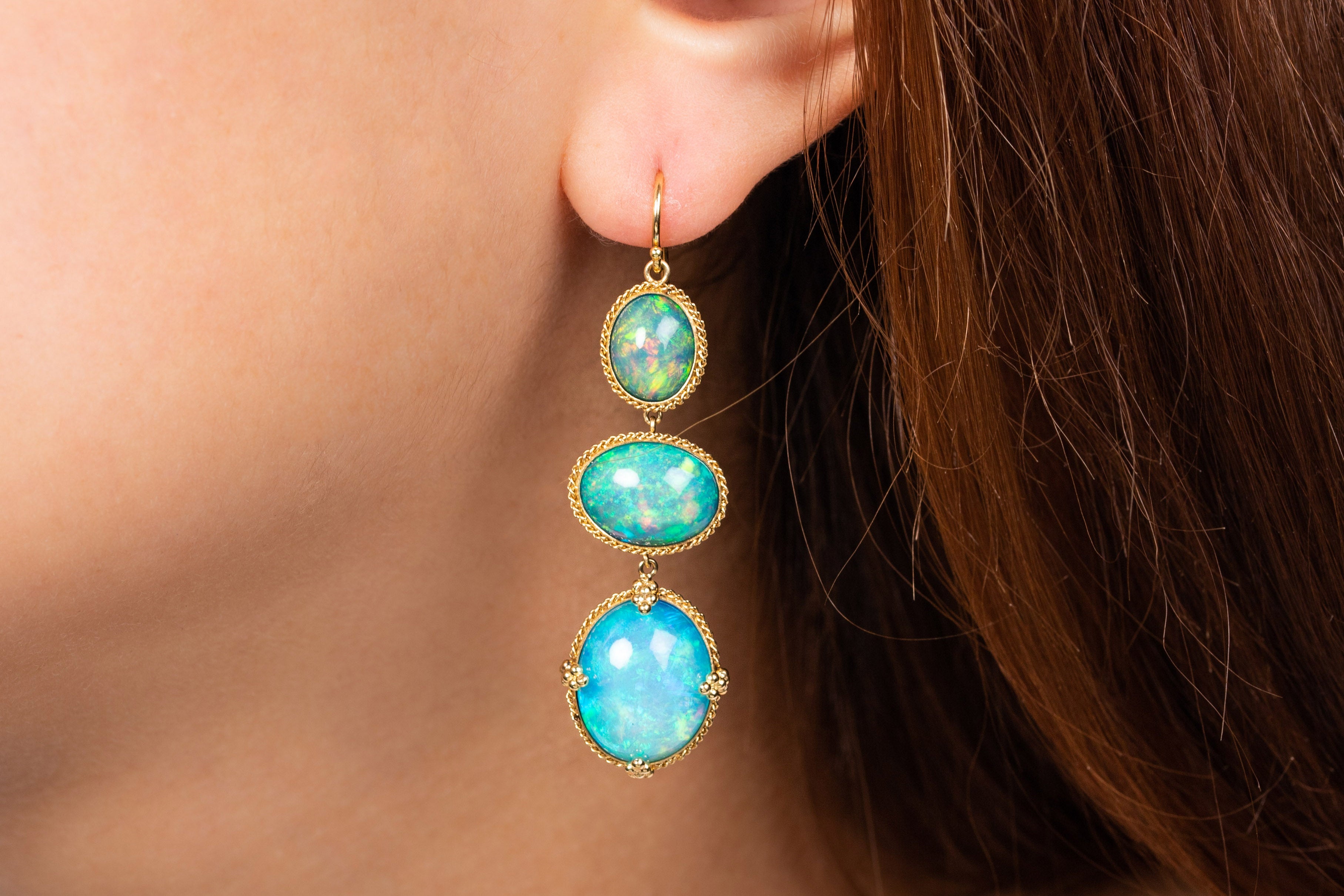
Our designer Sara carefully selects and curates the perfect Ethiopian Opals and creates the final jewelry piece with the stone in mind. Each gemstone is carefully set by artisans in New York City and delicately wrapped in dreamy 18 karat gold.
Ethiopian Opal jewelry can be paired with everything from a t-shirt and jeans, to a casual date night outfit, to a black-tie ready gown. Their whimsical charm makes these gemstones perfect for any occasion. Ethiopian Opals are also the perfect way to commemorate an October birthday or a 14th wedding anniversary.
It’s important to keep these precious stones clean and away from harsh activities to maintain your Ethiopian Opals as a beautiful piece of jewelry that your family can cherish for generations to come.
Recommended Articles
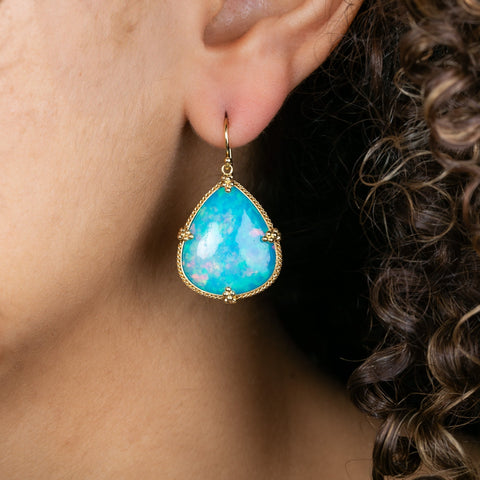
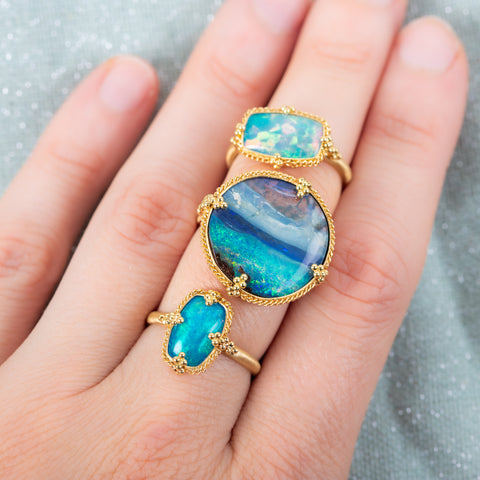
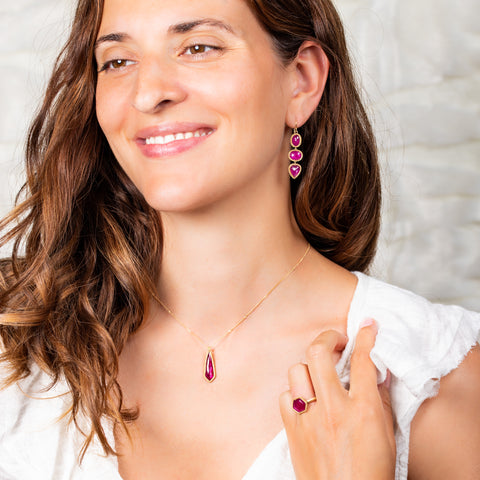


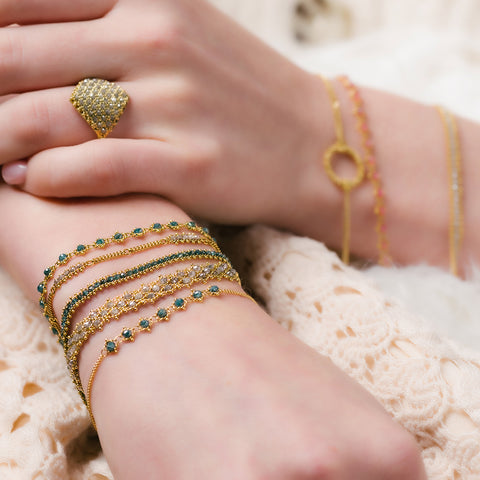
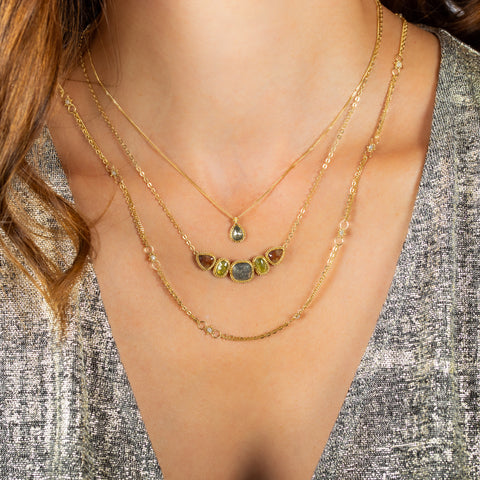



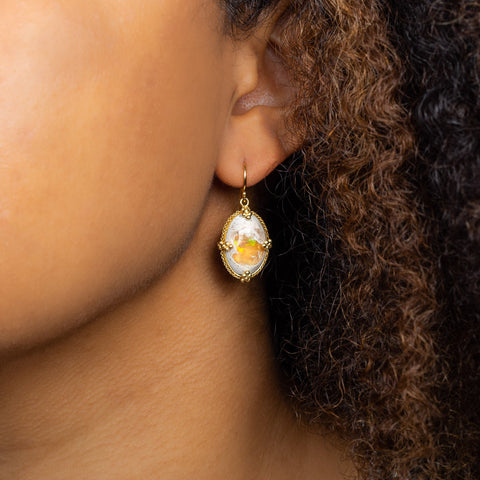

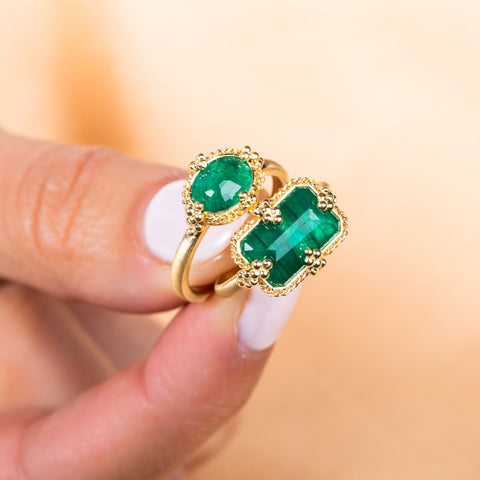
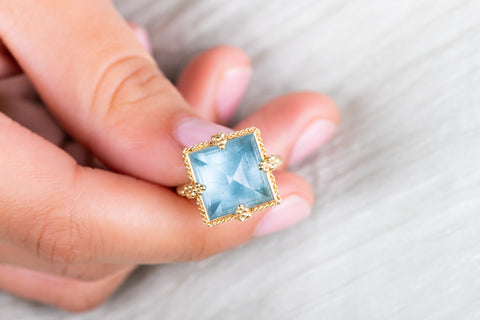
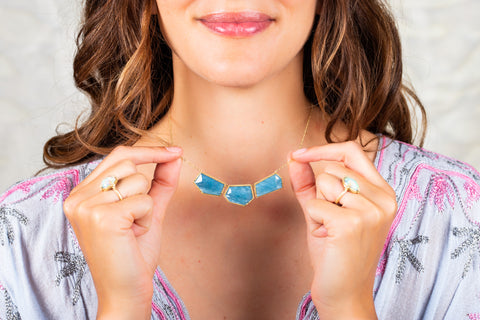
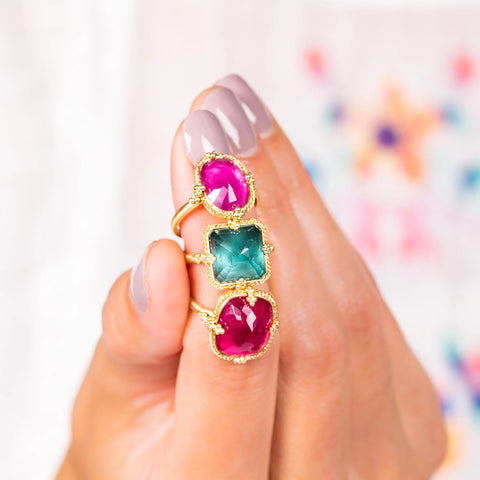
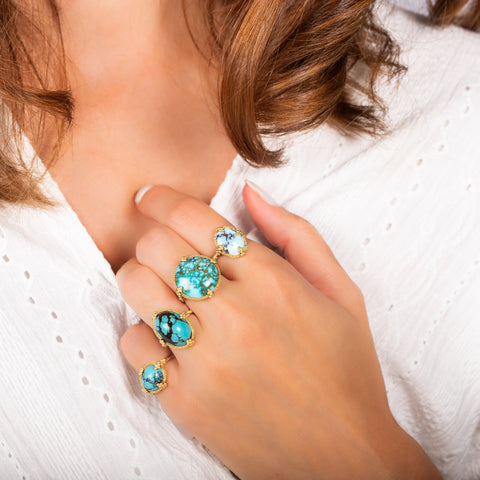
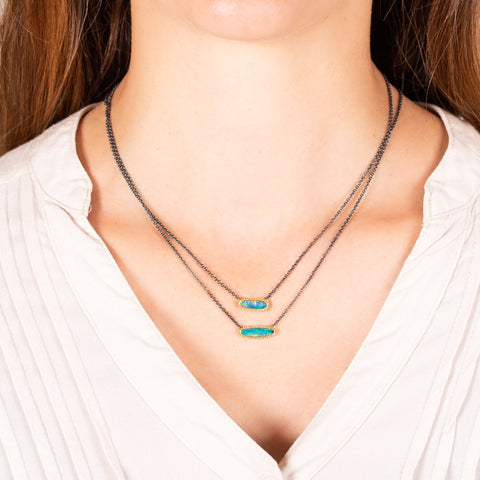
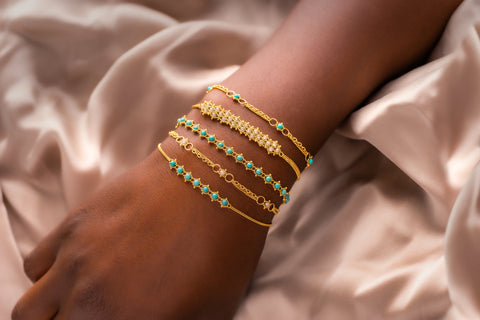
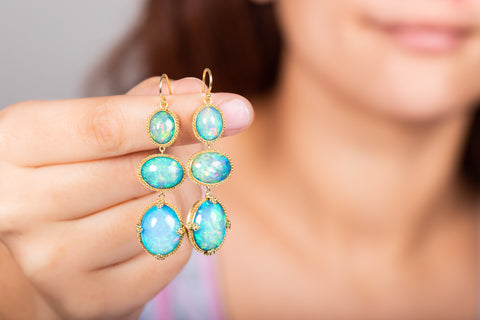

Comments (7)
Same issue. – what can be done t I restore the opal to it’s original color?
I have some ethopian opals that have turned orange. They have been kept in a tarnish resistant jewelry box. Is there any fix to this problem? Please help.
I hit the send button by accident before I completed my message. I had not worn my ring for sometime and when I removed it from my ring box it had turned yellow. Can putting it in the sun for sometime change it back to its original color?
I purchased a beautiful faceted opal ring with two side opals. Hadn’t worn it for
I also have the same problem. Yellow or honey color and it has been that way for over a week. Any idea of how to correct this?
I have the same problem… yellow now. Any tips?
My Ethiopian opal jewels have changed color from a white body color to a yellow or honey color. I have always stored them in a tarnish resistant jewelry box and maintained them clean.
How can be done to restore them to their beautiful white body color? Please help!